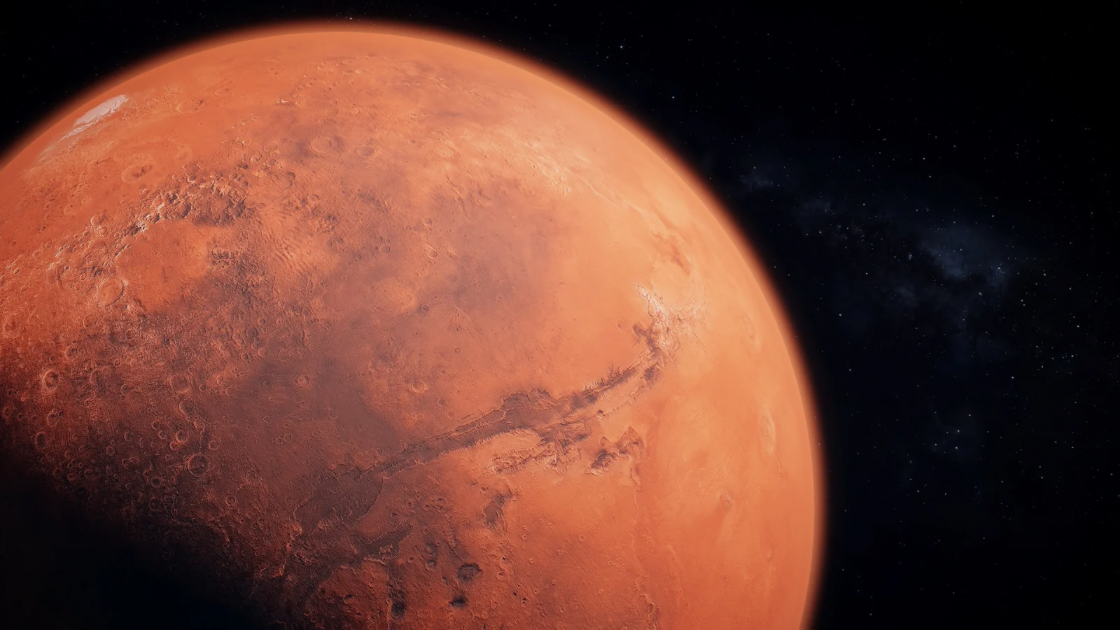Wanna be a Martian? In preparation for IRL Mars exploration, the simulated mission involves a four-person volunteer crew living and working inside a 1,700-square-foot, 3D-printed habitat based at NASA’s Johnson Space Center in Houston. Starting in Spring 2025, crew tasks include simulated spacewalks, robotic operations, habitat maintenance, exercise, and crop growth.
The habitat, called the Mars Dune Alpha, simulates the challenges of a mission on Mars, including resource limitations, equipment failures, communication delays, and other environmental stressors. The mission itself is the second of three planned ground-based missions called Crew Health and Performance Exploration Analog (CHAPEA).
Applications are due by April 2 and can be found at https://www.nasa.gov/humans-in-space/chapea/participate/
Qualifications for NASA’s One-Year Long Simulated Martian Mission
- Be a U.S. citizen or permanent resident
- Be within the ages of 30-55
- Possess a master’s degree* in a STEM field, including engineering, biological science, physical science, computer science or mathematics, from an accredited institution.
- Have at least two years of related professional experience in a STEM field or at least 1,000 hours pilot-in-command time on jet aircraft.
- Be able to pass the NASA long-duration flight astronaut physical.
*The master’s degree requirement can also be met by:
- Two years (36 semester hours or 54 quarter hours) of work toward a doctoral program in a related science, technology, engineering or math field.
- A completed Doctor of Medicine or Doctor of Osteopathic Medicine degree.
- Completion (or current enrollment that will result in completion by June 2021) of a nationally recognized test pilot school program.
*Participants with a Bachelor’s degree and other specific qualifications (e.g., relevant additional education, military, or at least 4 years of professional experience in a STEM field) may also be considered.
How Much Does NASA’s One-Year Long Simulated Martian Mission Pay
According to NASA’s website, compensation for participating in the mission is available but they aren’t sharing numbers. However they will share more information during the candidate screening process.
Why Is NASA Simulating A Mars Mission On Earth
According to NASA’s official news release, “As NASA works to establish a long-term presence for scientific discovery and exploration on the Moon through the Artemis campaign, CHAPEA missions provide important scientific data to validate systems and develop solutions for future missions to the Red Planet. With the first CHAPEA crew more than halfway through their yearlong mission, NASA is using research gained through the simulated missions to help inform crew health and performance support during Mars expeditions. Under NASA’s Artemis campaign, the agency will establish the foundation for long-term scientific exploration at the Moon, land the first woman, first person of color, and its first international partner astronaut on the lunar surface, and prepare for human expeditions to Mars for the benefit of all.







